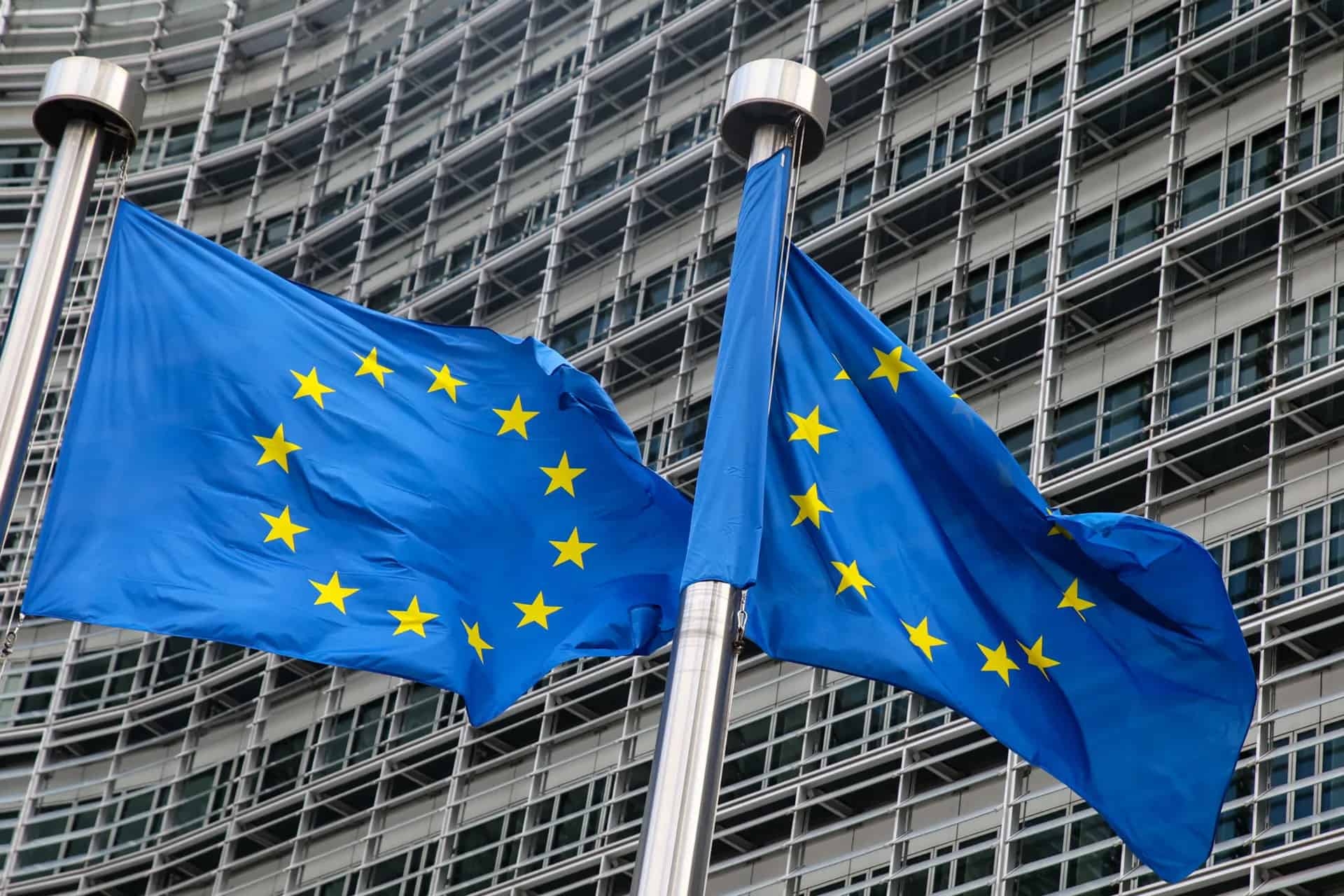The EU and its 27 Member States have continued increasing their Official Development Assistance (ODA) for partner countries around the world to €70.2 billion (US$71b) in 2021, as confirmed by the Annual Report to the European Council on EU Development Aid Targets approved by the Council today.
This represents a 4.3 percent increase in nominal terms and the equivalent to 0.49 percent of collective Gross National Income (GNI), according to preliminary figures published by the Organisation for Economic Co-operation and Development’s Development Assistance Committee (OECD-DAC).
The EU and its Member States, working together as Team Europe, thereby confirm their position as the world’s leading donor, providing 43 percent of global ODA. They are determined to meet their collective commitment to provide at least 0.7 percent of collective GNI as ODA by 2030. This will contribute to the successful implementation of the Global Gateway strategy.
“In 2021, Team Europe increased once again its development assistance at a crucial time when our partner countries not only face long-term global challenges, but also the immediate consequences of Russia’s war of aggression against Ukraine,” Commissioner for International Partnerships, Jutta Urpilainen, said.
“Despite difficult circumstances, we remain committed to the Sustainable Development Goals. To achieve our objectives, we need to use our resources in a more strategic and effective way. Our Global Gateway strategy, delivered through the Team Europe approach, is the way forward to make Official Development Assistance not just a significant financing source to achieve the SDGs, but also an impactful tool to leverage private investment to achieve the necessary scale of financing for development,” he added.
Overall, 22 Member States increased their ODA in nominal terms last year compared to 2020, with the strongest nominal increases coming from Germany (+€2 064 million), Italy (+€1 360 million) and France (+€668 million), and further increases coming from Austria, Belgium, Bulgaria, Croatia, Czech Republic, Denmark, Estonia, Finland, Hungary, Ireland, Latvia, Lithuania, Luxembourg, Poland, Portugal, Romania, Slovakia, Slovenia and Spain.
The ODA provided by EU institutions (the European Commission and the EIB) decreased by €1.1 billion (-6.3 percent) overall in 2021 in nominal terms to €16.1 billion, mainly due to repayments on private sector loans as well as the frontloading of payments in 2020 which ensured rapid support to partner countries in the response to the COVID-19 pandemic. 2020 has been an exceptional year with a peak in EU institutions’ ODA, and their ODA of 2021 still shows a substantial increase compared to the 2019 level.
The EU and its Member States perform significantly above the average of non-EU DAC donors in terms of their ODA as a share of GNI, standing at 0.49 percent compared to 0.26 percent by the aggregate of all non-EU DAC donors.

